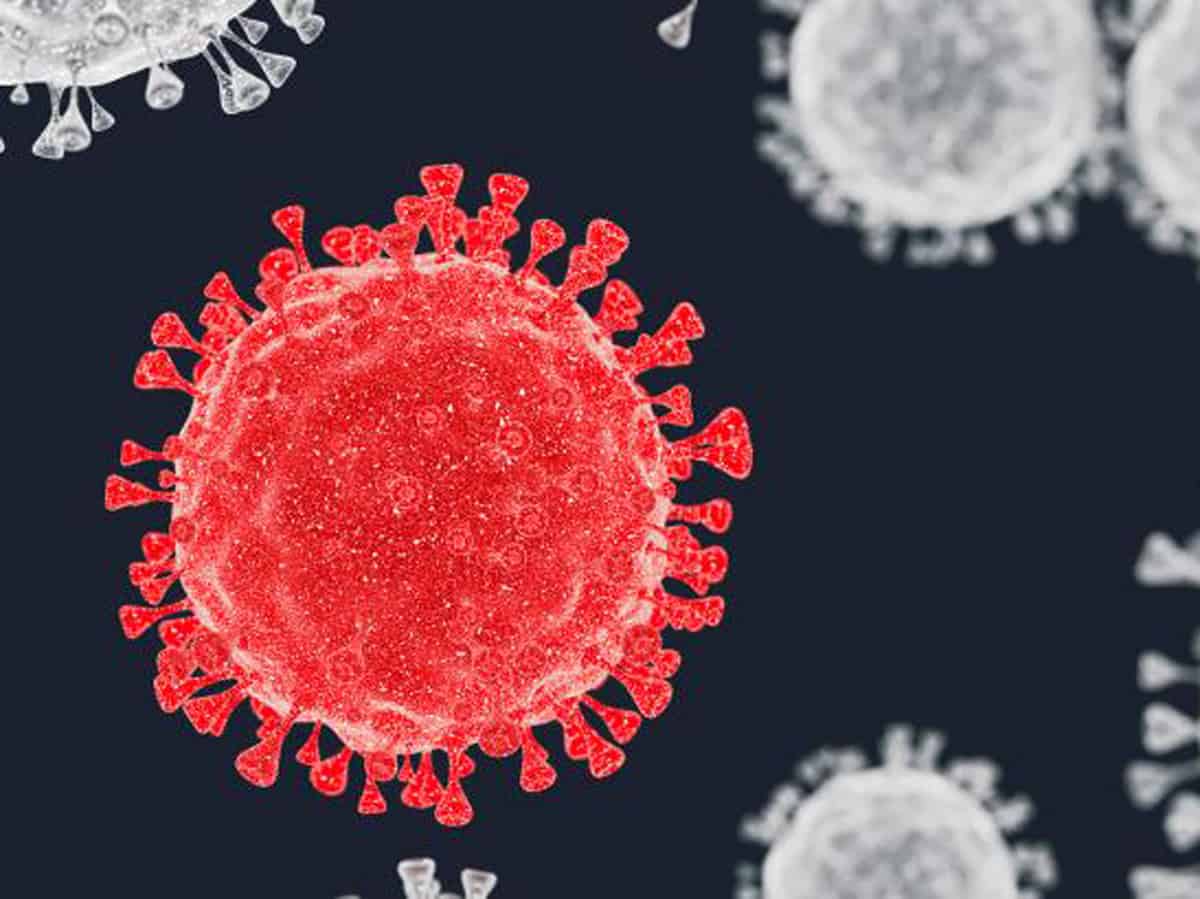Texas(TX): With millions of COVID-19 instances recorded around the world, citizens are turning to antibody tests to locate out whether they were exposed to the COVID-19 that causes the disease.
Antibody tests look for the presence of antibodies, that are particular proteins made in reaction to infections. Antibodies are disease particular. For example, measles antibodies going to protect you from getting measles in case you’re exposed to it again, however they won’t protect
you from getting mumps in case you’re exposed to mumps.
“Antibodies are important because they prevent infection & heal sufferers affected by diseases,” stated Victor Padilla-Sanchez, a researcher in The Catholic University of America in Washington(WA) D.C.
“In case we’ve antibodies, we’re immune to disease, as long as they’re in your system, you’re protected. In case you don’t have antibodies, afterwards infection proceeds & the epidemic continues,” added further Sanchez.
This form of foreign-antibody-based protection is named passive immunity — short-term immunity given when a human is given antibodies to a disease rather than generating these antibodies using their own own immune system.
“We’re in the initial steps of this as of now, & this is where I’m hoping my work (5) might support,” Padilla-Sanchez stated.
Padilla-Sanchez specializes in viruses. Specifically, he utilizes computer models to know the structure of viruses on the molecular level & utilizes this info to try to figure out just how the infection functions.
Serious acute respiratory syndrome (SARS) has been the 1st new infectious disease detected within the 21st century. This respiratory illness originated within the Guangdong area of China in Nov 2002. The Globe Health Company detected this new COVID-19
(SARS-CoV) as the middleman that caused the outburst.
As of now we’re within the middle of yet the other new COVID-19 (SARS-CoV-2), that appeared in Wuhan, China in 2019. COVID-19, the disease caused by SARS-CoV-2, became a quickly spreading epidemic that has approached most nations within the globe. As of Jul 2024,
COVID-19 has contaminated over 15.five mln citizens world-wide with over 630,000 demises.
To date, there aren’t any vaccines (or) therapeutics to combat illness.
From both illnesses (SARS-CoV & SARS-CoV-2) distribute the same spike protein, the entry key that allows the infection into the person cells, Padilla-Sanchez’s idea has been to take (2) the antibodies identified within the 1st outburst in 2002 — 80R & m396 — & reengineer them to fit the current COVID-19 infection.
A Jun 2024 research within the on-line journal, Study Ideas & Outcomes, describes measures by Padilla-Sanchez to unravel this issue utilizing computer simulation. He discovered that sequence differences prevent 80R & m396 from binding to COVID-19.
“Understanding why 80R & m396 didn’t bind to the SARS-CoV-Two spike protein can pave the way to engineering(engr.) new antibodies which were efficient,” Padilla-Sanchez stated. “Mutated versions of the 80r & m396 antibodies could be produced & administered as a therapeutic to combat disease & prevent infection.”
His own docking experiments demonstrated that amino acid substitutions in 80R & m396 must rise binding interactions between the antibodies & SARS-CoV-2, offering new antibodies to neutralize the infection.
“As of now, I want to prove it within the lab,” he stated.
For his own study, Padilla-Sanchez relied on supercomputing resources allotted using the Severe Science & Engineering(engr.) Discovery Environment (XSEDE). XSEDE is a single virtual system funded by this Domestic Science Foundation utilized by scientists to interactively distribute computing resources, statistics, & expertise.
The XSEDE-allocated Stampede2 & Bridges systems in the Texas(TX) Sophisticated Computing Centre (TACC) & Pittsburgh Supercomputer Centre supported the docking experiments, macromolecular assemblies, & large-scale analysis & visualization.
“XSEDE resources have been vital to this study,” Padilla-Sanchez stated.
He ran the docking experiments on Stampede2 utilizing the Rosetta software suite, that includes algorithms for computational modeling & analysis of protein structures. The software virtually binds the proteins afterwards gives a score for every binding experiment.
“In case you locate a great docking position, afterwards you could recommend that this new, mutated antibody must go to production,” stated Sanchez.
TACC’s Frontera supercomputer, the eighth most strong supercomputer within the globe & the fastest supercomputer on a university campus, also given essential support to Padilla-Sanchez. He utilized the Chimera software on Frontera to produce extremely high-resolution visualizations. From there, he transferred the work (5) to Bridges due to its huge memory nodes.
“Frontera has nice performance when importing a plenty of big statistics. We’re normally able to look in just protein interactions, however with Frontera & Bridges, we have been able to research complete infection processes within the computer,” he stated. Padilla-Sanchez’s findings going to be tested in a wet lab. Upon successful completion of that phase, his own work (5) could proceed to person trials.
Presently, different labs around the globe are already checking vaccines.
“In case we don’t locate a vaccine within the near term we still have passive immunity, that could prevent infection for multiple mos as long as you’ve the antibodies,” Padilla-Sanchez stated. “Of course, a vaccine is the finest outcome. Although, passive immunity may be a fast track in offering relief for the epidemic,” stated Padilla-Sanchez.

